Tensegrity great explanation of tensegrity! Tensegrity, short for “tensional integrity,” is a structural principle that involves a balance between tensile (pulling) forces in tensioned elements (cables, strings, or rods) and compressive forces in rigid elements (struts or bars). The unique characteristic of tensegrity structures is that the rigid components are not in direct contact with each other but are instead connected by the tensioned elements.
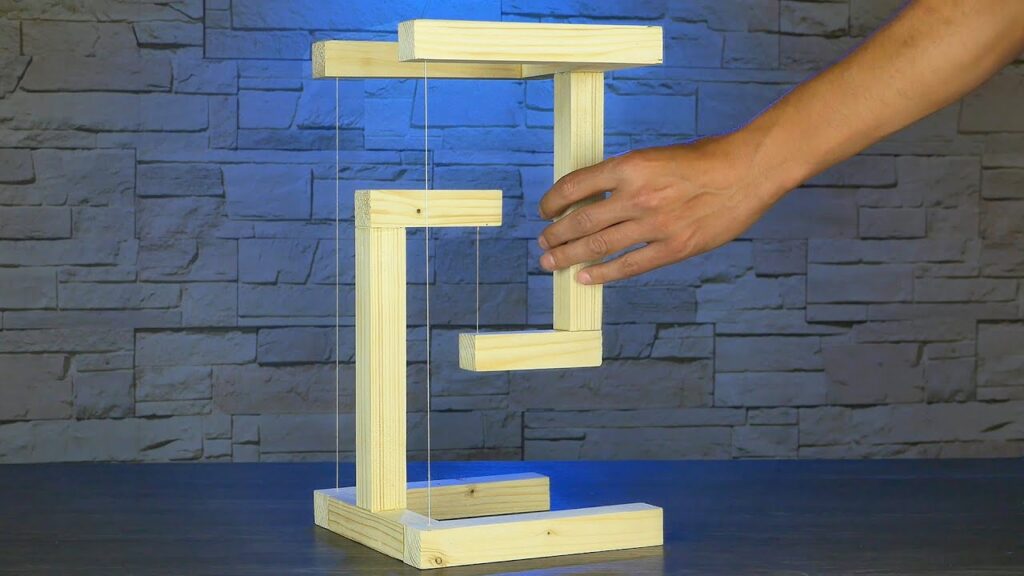
Tensegrity structures have gained attention in various fields, including architecture, biology, and engineering, due to their intriguing combination of stability and flexibility. They can distribute forces efficiently, adapt to changing loads or environmental conditions, and offer unique design possibilities. The idea that tension elements can help support compressive forces might seem counterintuitive at first, but it’s this dynamic balance that gives tensegrity structures their strength and resilience.
Buckminster Fuller and Kenneth Snelson were among the pioneers in popularizing the concept of tensegrity in the mid-20th century. These structures can be found in sculptures, architectural designs, and even in biological systems like cells and muscles.
Tensegrity’s principles have inspired innovative approaches to design and engineering, pushing the boundaries of what’s possible in creating lightweight and adaptable structures. It’s a fascinating concept that showcases the intricate relationships between tension and compression in maintaining structural integrity.
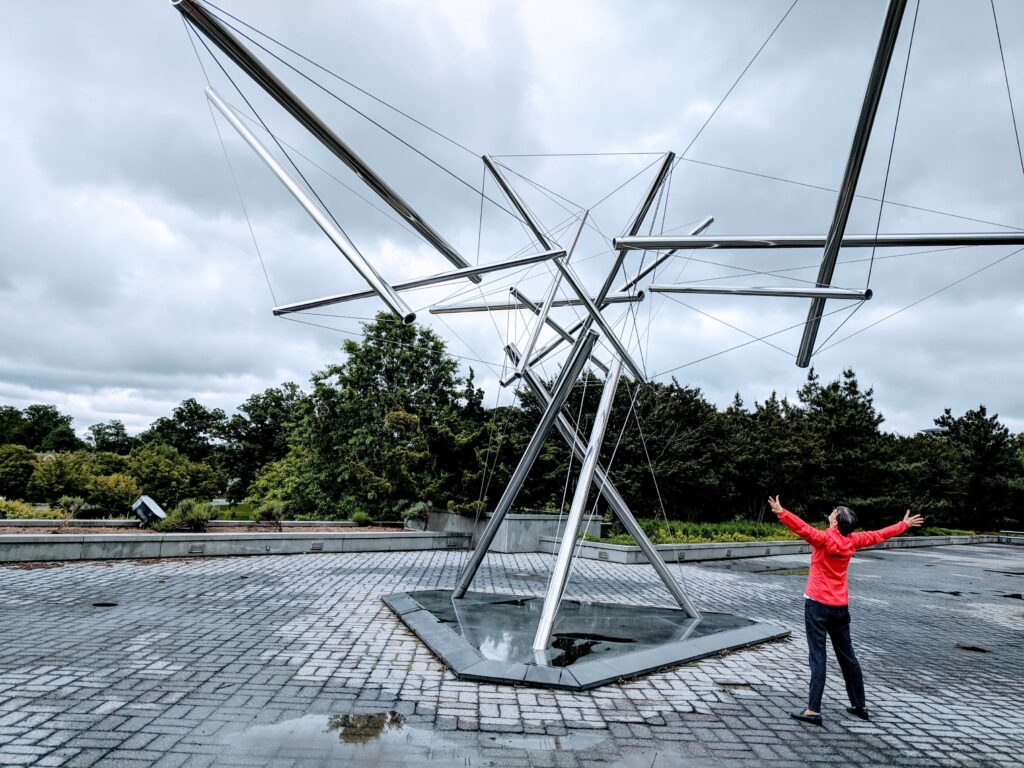
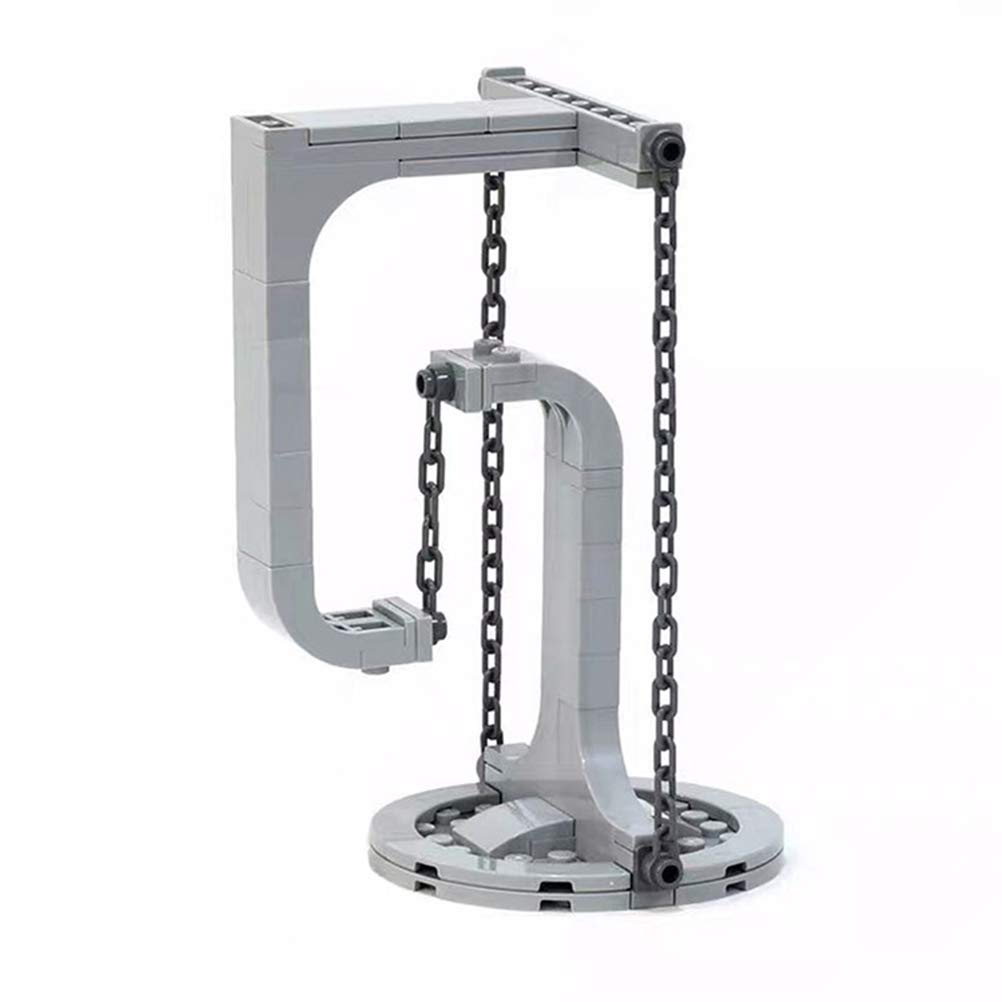
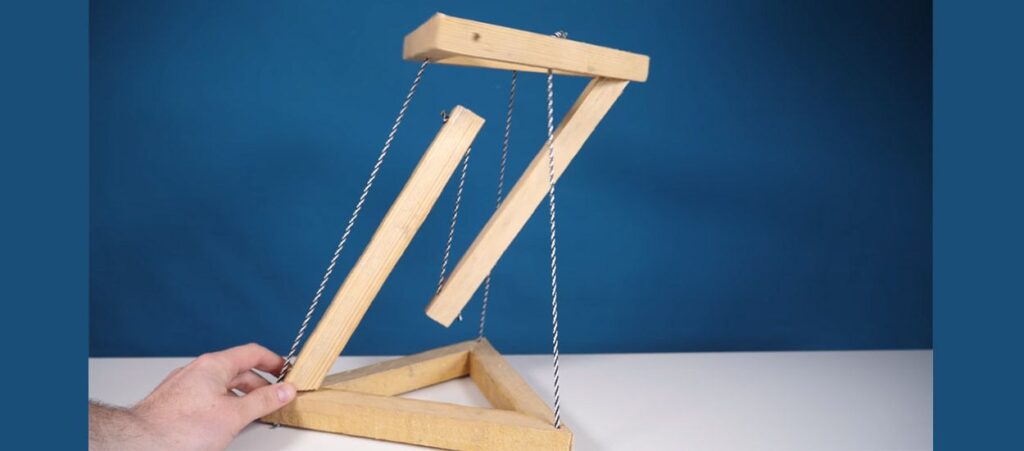
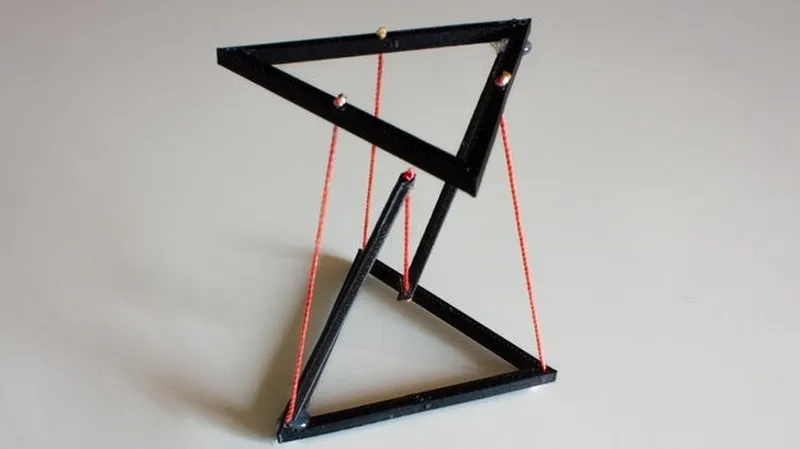
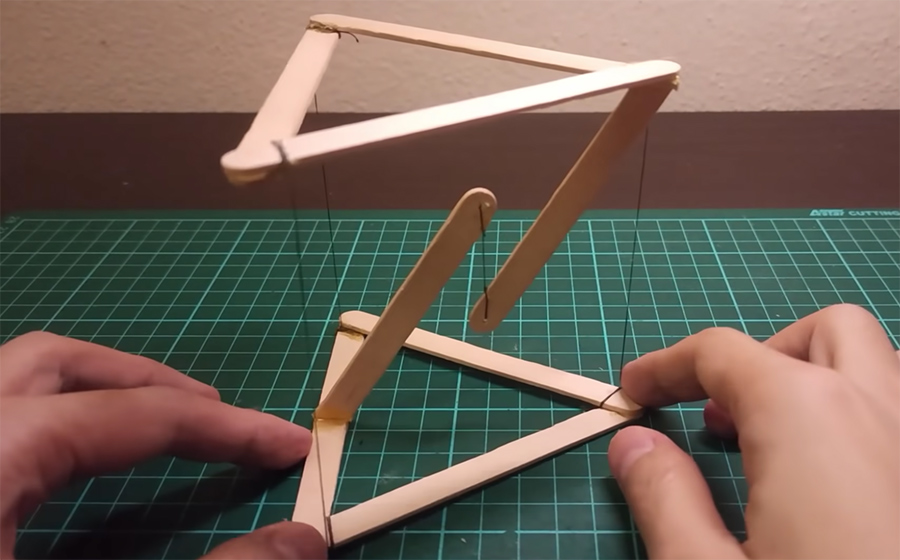
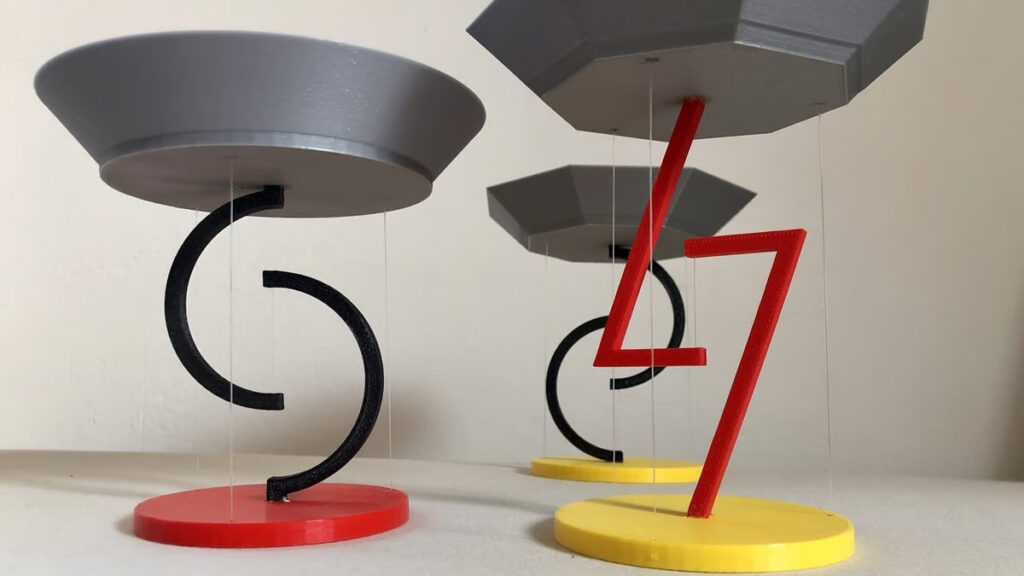
Possible?
It is counterintuitive that strings can support compressive loads. But it is possible because of the way tensegrity structures are designed.
In a tensegrity structure, the compression elements are isolated from each other by the tension elements. This means that the compression elements cannot touch each other, and they can only support compressive loads if they are held in place by the tension elements.
The tension elements are what give tensegrity structures their strength and stability. They are under constant tension, which helps to keep the compression elements in place. If the tension elements were to fail, the compression elements would collapse.
Tensegrity structures are very efficient in terms of their use of materials. They can support a lot of weight with a relatively small amount of material. This is because the tension elements are doing most of the work.
Tensegrity structures are also very versatile. They can be used to create a wide variety of shapes and sizes. They are also very strong and durable.
Some of the most famous examples of tensegrity structures include:
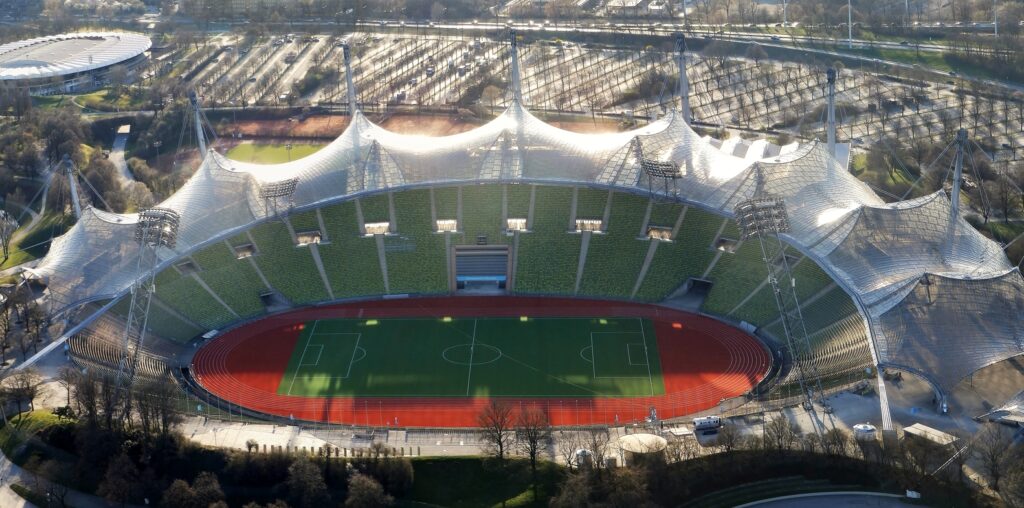
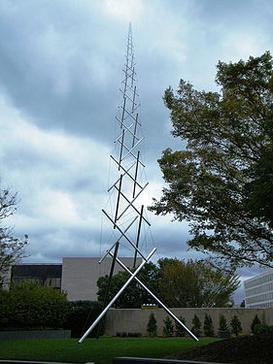

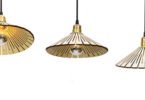





Leave a Comment
You must be logged in to post a comment.